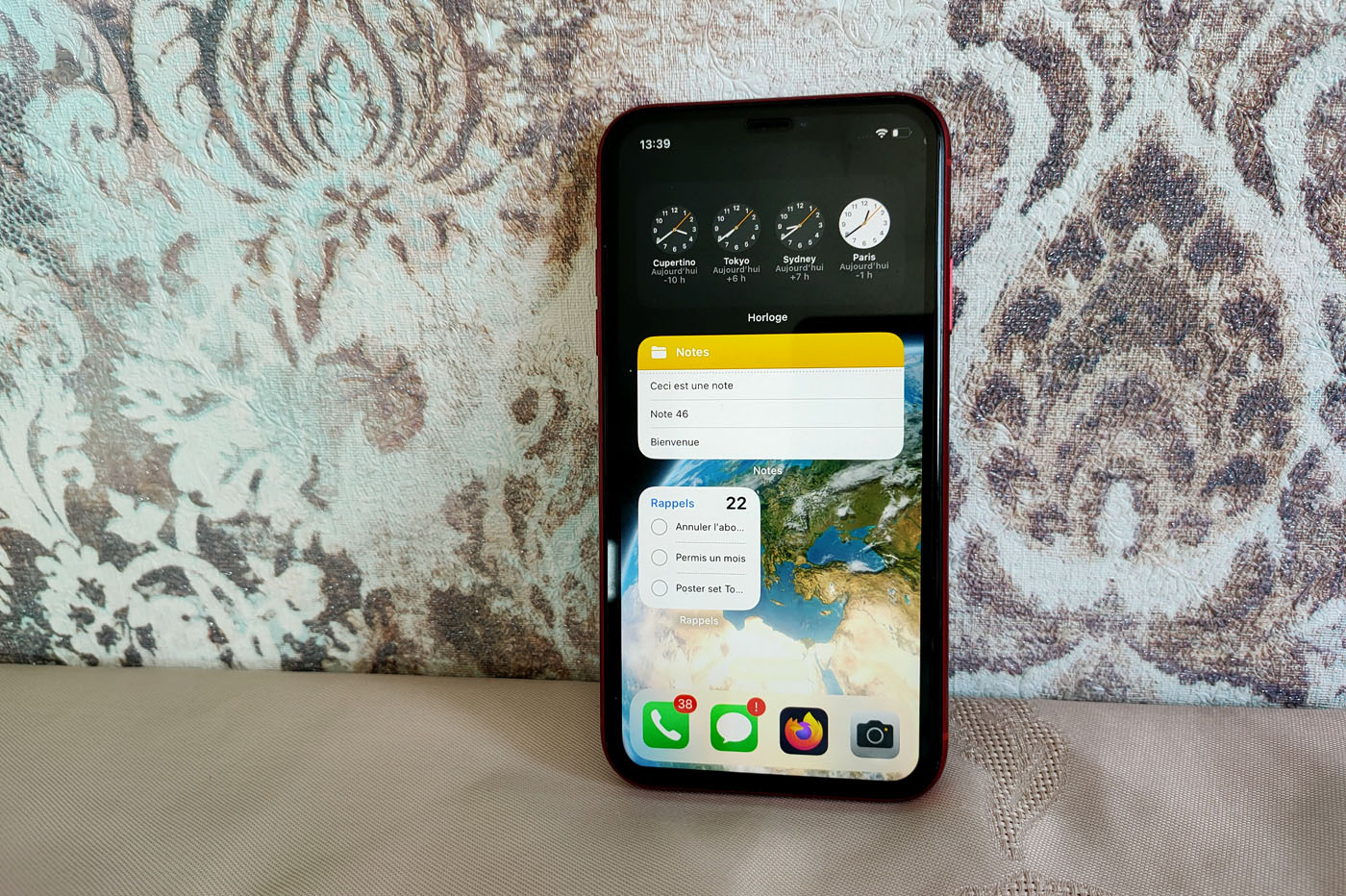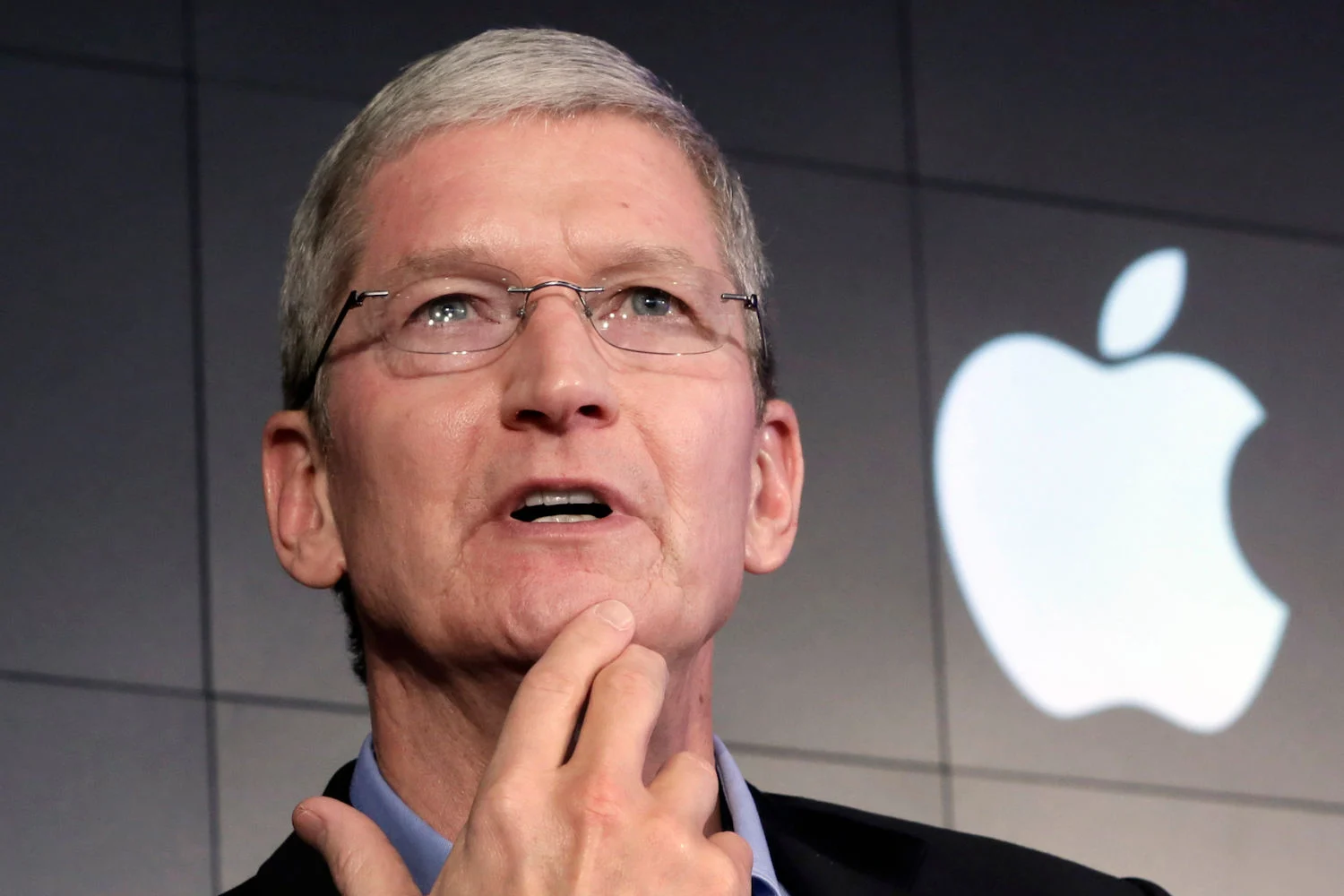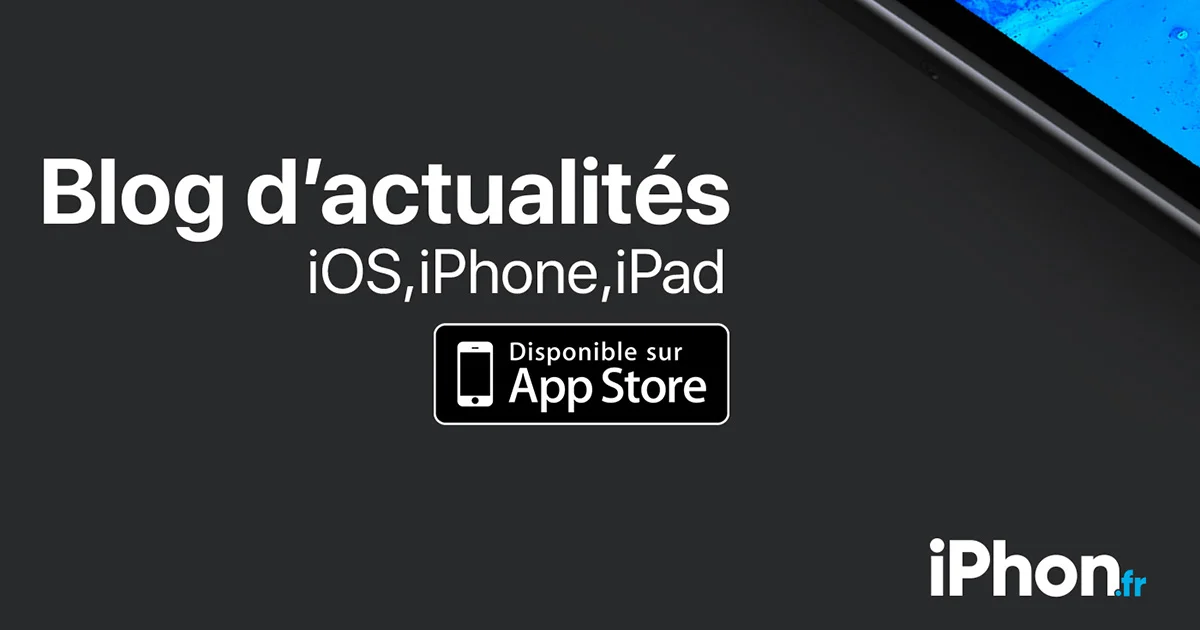- Apple knows how to make MacBook screens touchscreen
- However, this is not on the agenda at the moment.
- In the meantime, alternatives exist: Airbar, iPad Pro + Magic Keyboard or Windows computers
Apple has succeeded in designing a touch screen system for laptops, which could be perfectly suitable for its own models, the MacBook Pro. In any case, this is what is detailed in a patent registered in the United States and accompanied by diagrams where a semblance of a Touch Bar can also be seen. It indeed seems that Cupertino also continues to think about this interface, despite the almost complete cessation of its marketing.
Among the competition, there are already many PC models with touch screens. We are thinking here in particular of Microsoft Surfaces, which benefit from facial recognition to unlock Windows, whereFace IDis still waiting on Mac, despite the recent arrival of the notch.
It won't be an iPad
For the moment, it is difficult to know with certainty whether Apple is indeed planning to release a touchscreen MacBook in the years to come. On the other hand, what is certain is that according to the latest news, the Apple firm does not intend to confuse its laptops with iPads, its flagship tablets.
The company thus had the opportunity to express itself on the subject after the rather positive reception of the Magic Keyboard for iPad. The accessory thus seriously brings the value proposition of the number one tablet closer to that of the MacBook. But for Apple, it is clear and clear: these are two different product lines, and no merger is on the agenda. In any case, officially, but we are of course not immune to changes in long-term objectives, internally.
Airbar makes the Mac screen touchscreen for less than €120
In the meantime, those in a hurry can always turn to third-party laptops or iPads to access touch control. But it is also possible to opt for the Airbar option from the manufacturer Neonade, for around 111 euros onAmazon(stocksunavailablecurrently in France, but accessible via the platform's German site). This small device is installed between the keyboard and the panel of a MacBook and captures your movements, then transcribes them digitally to the operating system via a USB connection.






